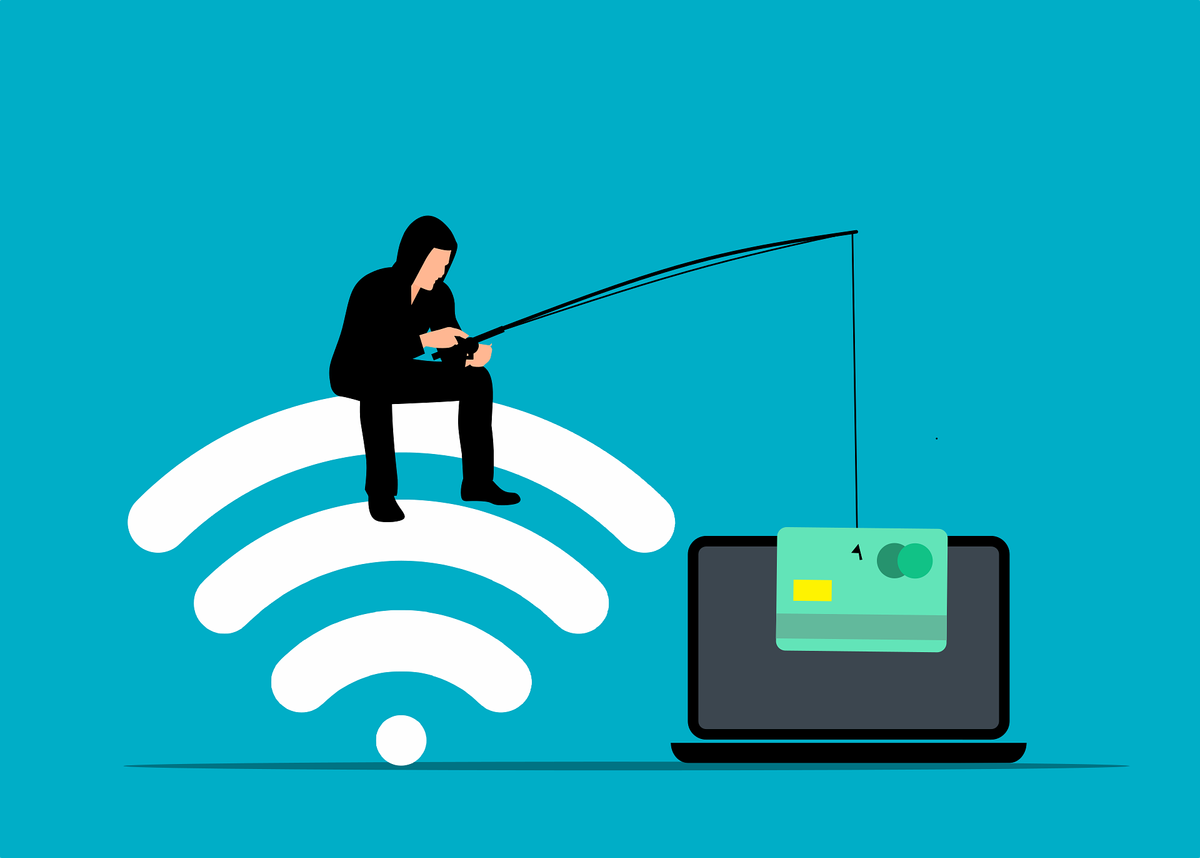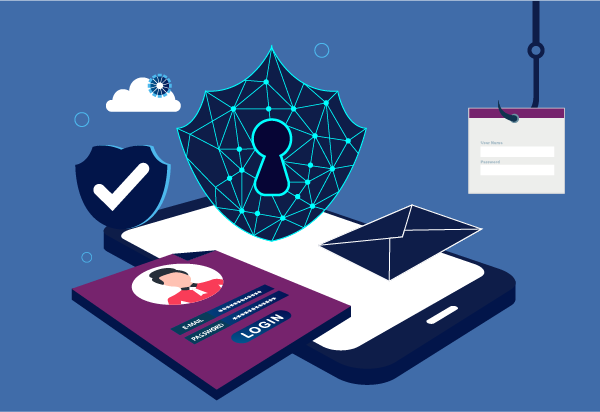Phishing Attacks

In an era where the click of a mouse can either open doors or set off digital landmines, understanding and defending against phishing attacks is more crucial than ever. As the digital equivalent of a trojan horse, phishing has evolved far beyond the realm of suspicious emails from distant relatives claiming vast fortunes. Today, phishing attacks are a sophisticated threat to personal and organizational security, leveraging a mix of social engineering and technical trickery to exploit individuals and institutions alike.
Understanding Phishing: The Modern Cyber Con
At its core, phishing is an attempt by cybercriminals to con you into providing personal and financial information or to gain access to your systems. This is often achieved through email or text messages that masquerade as legitimate communications from entities you might trust, such as your bank, social media platforms, or even a colleague via a business email compromise (BEC). The attackers aim to steal login credentials, financial data, or deploy malware.
Phishing tactics are alarmingly diverse and sophisticated. There's the classic email phishing, where you might receive an urgent message from your "bank" asking you to verify account details. Spear phishing narrows the target, focusing on individuals or businesses with personalized messages. Vishing (voice phishing) and smishing (SMS phishing) extend beyond the inbox, using phone calls and text messages to deceive victims. Social media platforms have also become fertile ground for phishing attacks, with criminals using fake profiles and messages to ensnare users.
Recognizing the Lures
Phishing messages often share common characteristics designed to induce urgency, fear, or curiosity. They may contain unsolicited requests for personal information, prompts to click on suspicious links or attachments, or alarms about unauthorized account activity. Grammar and spelling errors, unusual sender addresses, and generic greetings are telltale signs of phishing attempts.
Fortifying Your Digital Defenses
Protecting yourself from phishing requires a combination of technical measures and vigilant practices:
Despite your best efforts, if you suspect you've fallen for a phishing scam, take immediate action:
Conclusion
As the digital landscape continues to evolve, so too do the tactics of those looking to exploit it. By staying informed, employing robust security practices, and fostering a culture of cybersecurity awareness, you can navigate these treacherous waters with confidence. Remember, in the digital world, a little skepticism can go a long way toward safeguarding your personal and professional domains from the phishing nets cast by cybercriminals.
Links


